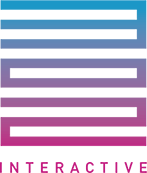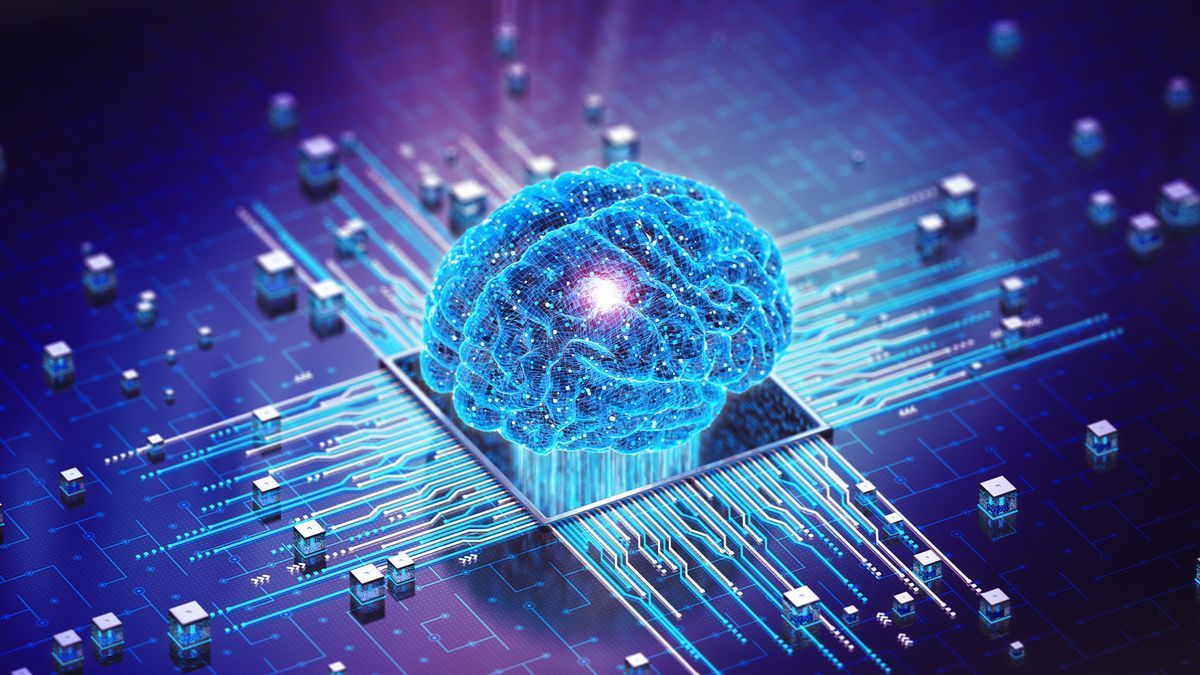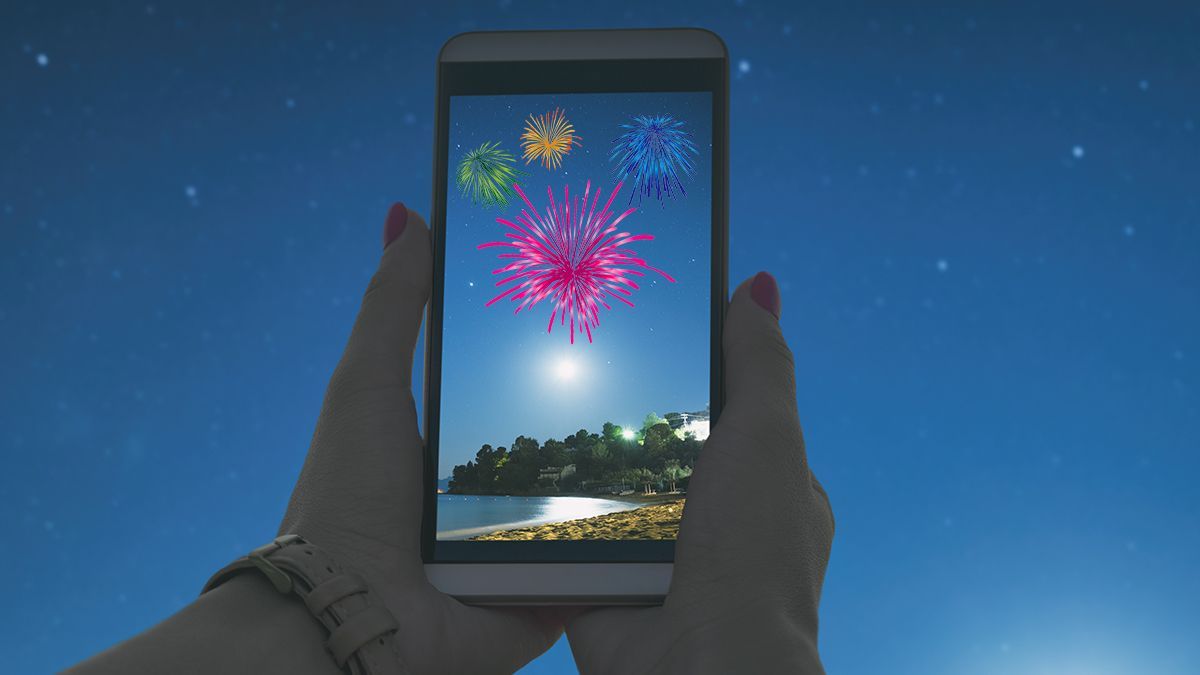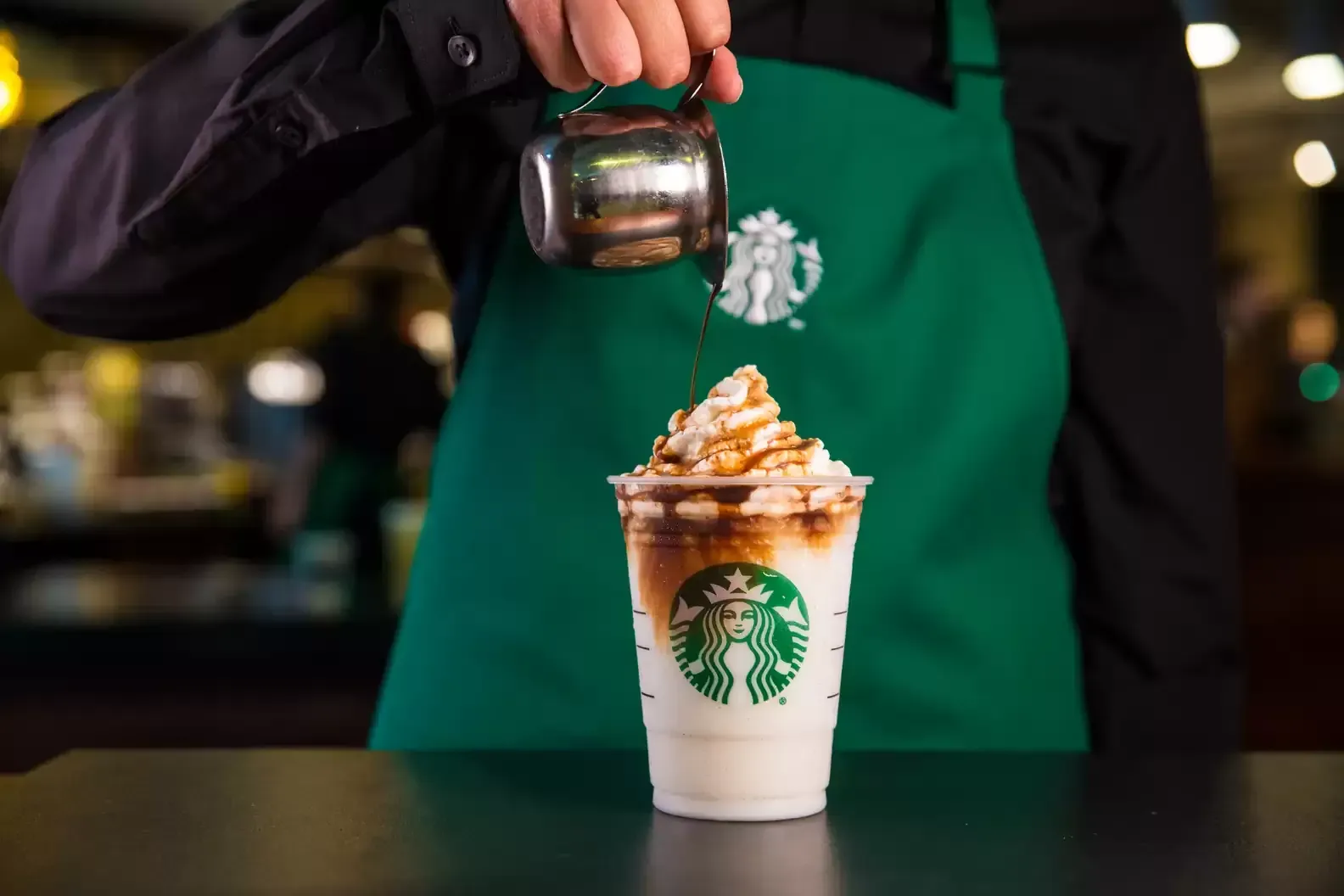
Have you ever gotten home from a long day's work, kicked off your personalized Nike shoes with your dog's picture on them, asked Netflix to pick a movie, shuffled Spotify, bought the first recommended item on Amazon and then sip on your pumpkin spice mochaccino, which came recommended by your Starbucks app?
Yeah, me neither.
But we could.
Personalized experiences by brands have come a long way as technology gets more sophisticated. Its use will grow, too, as more companies figure out the benefits.
When you buy from Nike, for instance, you have the option of using "Nike ID," which allows customers to create a personalized experience and build their own shoe and it also learns what to recommend you the next time you need some kicks.
Here are seven prime examples of the use of personalized experiences by brands to help their business.
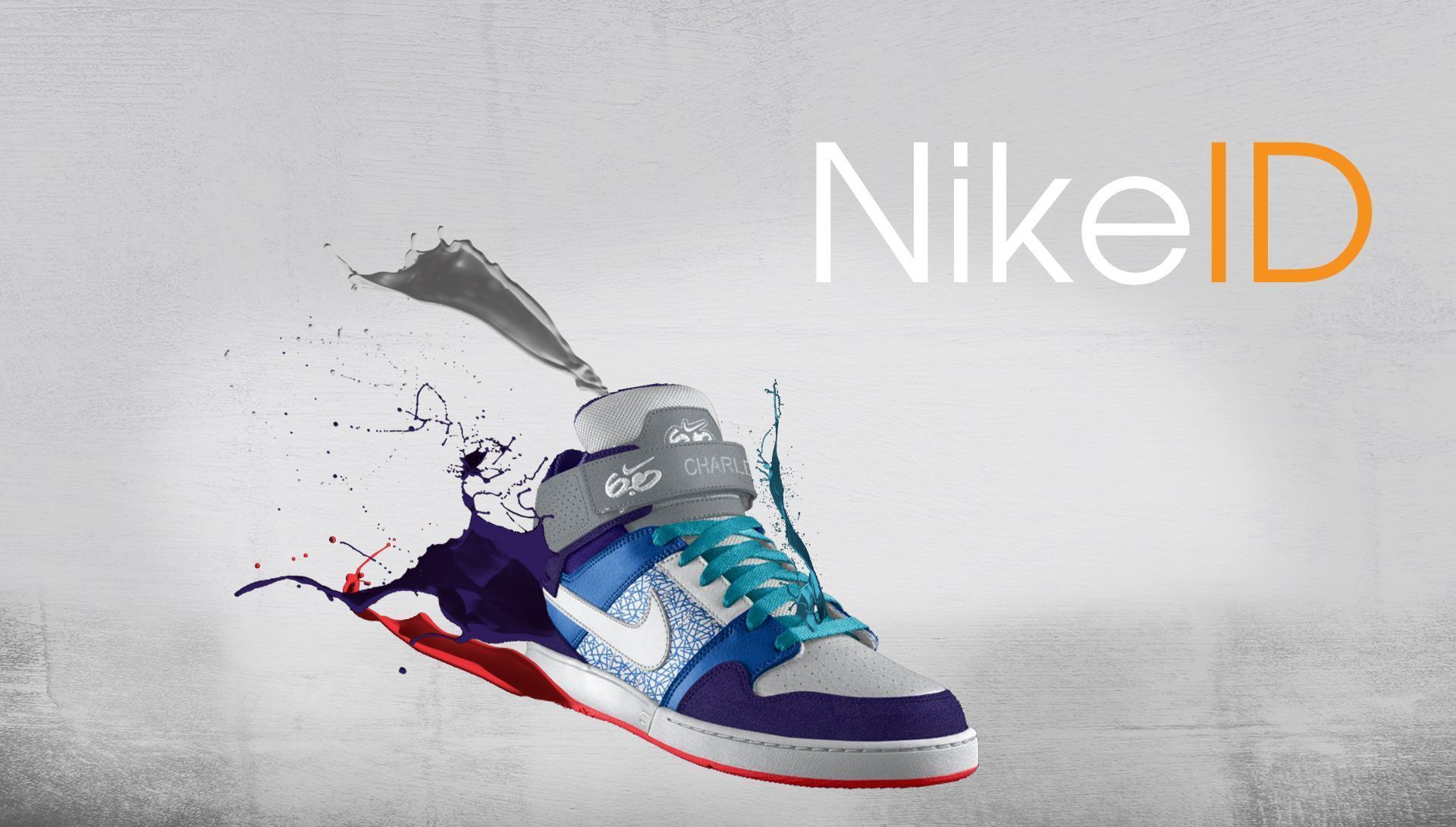
Nike ID
The first example of a phenomenal personalized experience by brands is Nike ID, created in 1999 as a way to give customers more control over the look and feel of their Nike products. Nike ID allows customers to choose from a variety of colors, materials, and designs to create a truly unique pair of shoes or piece of clothing.
Fans enjoy Nike ID for a variety of reasons. Some people enjoy the creative process of designing their own shoes. Others enjoy the sense of ownership that comes from wearing a pair of shoes that no one else has. Still others enjoy the fact that Nike ID allows them to support their favorite teams or athletes by customizing their shoes with their team colors or logos.
Using AI and machine learning to create personalized experiences through Nike ID has been a success for Nike. It has helped the company to connect with customers on a deeper level and to build a stronger brand loyalty. It has also helped Nike to sell more shoes, as customers are more likely to buy a pair of shoes that they have designed themselves.
Here are some of the benefits of Nike ID:
- Unique and personalized footwear: Nike ID allows customers to create truly unique footwear that reflects their own personal style.
- Sense of ownership: Wearing a pair of Nike ID shoes gives customers a sense of ownership and pride, as they know that no one else has the same pair of shoes.
- Support for favorite teams or athletes: Nike ID allows customers to support their favorite teams or athletes by customizing their shoes with their team colors or logos.
- Sense of community: The Nike ID community is a vibrant and supportive community where customers can share their designs and get feedback from others.

Netflix Roulette
How else do businesses use artificial intelligence and machine learning to personalize experiences? Just check Netflix.
Netflix Roulette randomly selects a movie or TV show for you to watch and it's primarily based upon past behavior. It is a way to discover new content that you might not have otherwise found, and it also adds a bit of excitement to your viewing experience. Thus, the business is using personalized experiences to show you what you want to see.
Netflix Roulette is important because it helps users to discover new content that they might not have otherwise found. Netflix has a massive library of content, and it can be difficult to know where to start. Netflix Roulette takes the guesswork out of it and randomly selects a movie or TV show for you to watch. This is a great way to discover new content that you might enjoy, and it can also help you to find new genres that you might not have otherwise explored.
Netflix Roulette is also important because it adds a bit of excitement to your viewing experience. Sometimes, it can be hard to decide what to watch. Netflix Roulette takes the decision-making out of it and randomly selects a movie or TV show for you to watch. This can be a great way to break out of your viewing rut and try something new.
Here are some of the benefits of Netflix Roulette:
- Discover new content: Netflix Roulette is a great way to discover new content that you might not have otherwise found.
- Adds excitement: Netflix Roulette can add a bit of excitement to your viewing experience.
- Breaks out of viewing rut: Netflix Roulette can help you to break out of your viewing rut and try something new.
- Random selection: Netflix Roulette randomly selects a movie or TV show for you to watch, which can be a refreshing change from always choosing the same thing.
- Easy to use: Netflix Roulette is easy to use. Just open the Netflix app and click on the "Netflix Roulette" button.
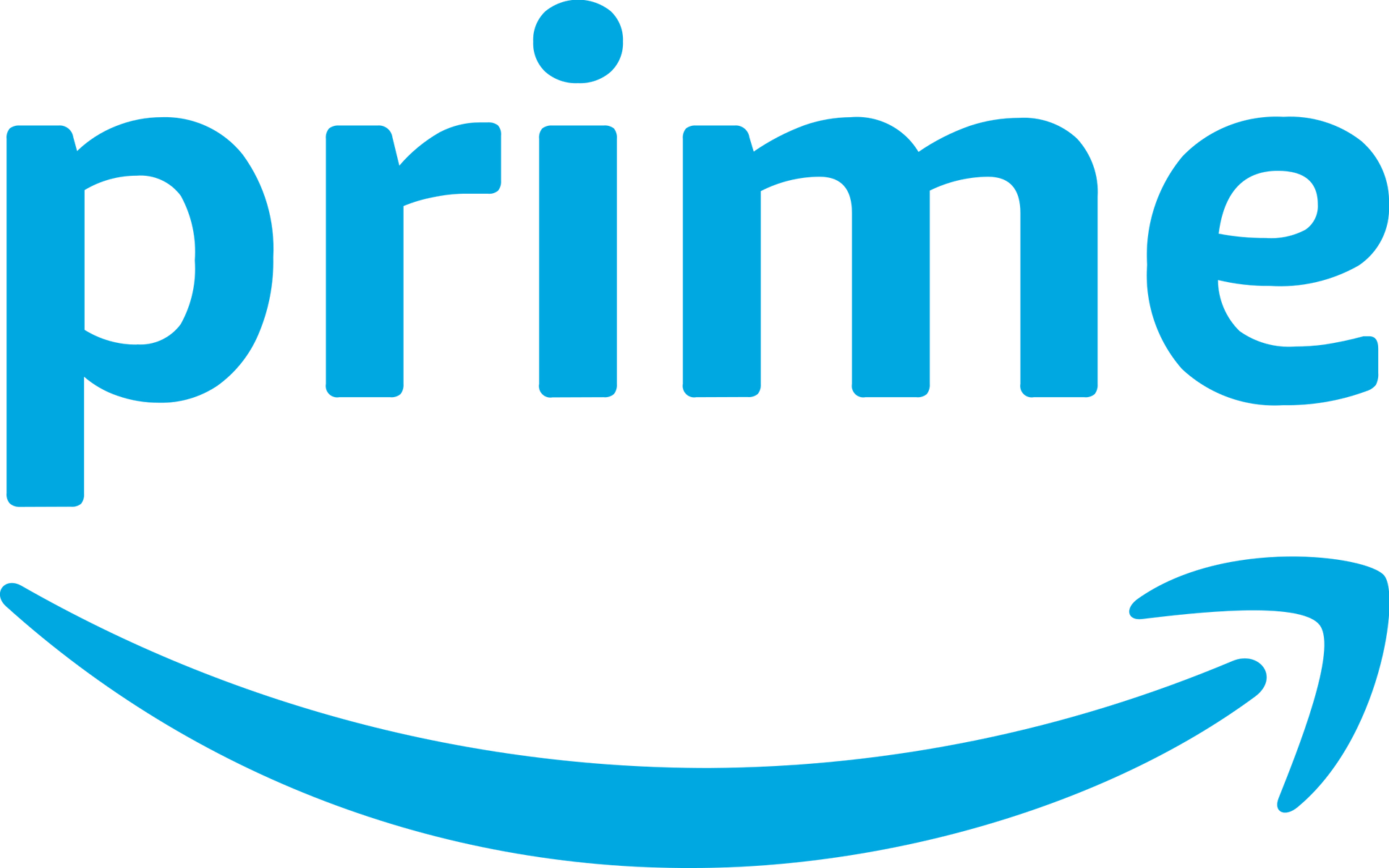
Amazon Prime
Perhaps one of the best examples of businesses using personalized experiences is Amazon. Amazon Prime's recommendations are powered by a variety of AI techniques, including:
- Item-to-item collaborative filtering: This technique uses the purchase history of other users to recommend products to you. For example, if you've purchased a book by Stephen King, Amazon might recommend other books by Stephen King, or books by other authors in the same genre.
- Content-based filtering: This technique uses the product descriptions and reviews to recommend products to you. For example, if you've rated a product highly, Amazon might recommend other products that have similar ratings or reviews.
- Neural networks: Amazon is also using neural networks to power its recommendations. Neural networks are a type of machine learning algorithm that can learn complex patterns from data. This allows Amazon to recommend products that are more likely to be of interest to you, even if you haven't purchased them before.
In addition to these AI techniques, Amazon also uses a variety of other data to power its recommendations, including:
- Your purchase history: Amazon uses your purchase history to get a sense of your interests and preferences.
- Your browsing history: Amazon also uses your browsing history to get a sense of the products that you're interested in.
- Your product ratings and reviews: Amazon uses your product ratings and reviews to get a sense of the products that you like and dislike.
- Your demographic information: Amazon also uses your demographic information, such as your age, gender, and location, to get a better understanding of your interests.
All of this data is used to train the AI algorithms that power Amazon Prime's recommendations. The algorithms learn to identify patterns in the data that can be used to predict which products you're most likely to be interested in. As you continue to use Amazon Prime, the algorithms learn more about your interests and preferences, and the recommendations become more accurate.

Spotify
Artificial intelligence and machine learning plays a major role in Spotify suggestions. Spotify uses a variety of AI techniques to recommend music to users, including:
- Collaborative filtering: This technique uses the listening history of other users to recommend music to you. For example, if you've listened to a lot of songs by Taylor Swift, Spotify might recommend other songs by Taylor Swift, or songs by other artists in the same genre.
- Content-based filtering: This technique uses the metadata of songs, such as the genre, artist, and mood, to recommend music to you. For example, if you've listened to a lot of upbeat songs, Spotify might recommend other upbeat songs, or songs that have a similar tempo or energy level.
- Machine learning: Spotify is also using machine learning to power its recommendations. Machine learning is a type of artificial intelligence that can learn from data. This allows Spotify to recommend music that is more likely to be of interest to you, even if you haven't listened to it before.
In addition to these artificial intelligence and machine learning techniques, Spotify also uses a variety of other data to power its recommendations, including:
- Your listening history: Spotify uses your listening history to get a sense of your interests and preferences.
- Your playlist history: Spotify also uses your playlist history to get a sense of the songs that you like and dislike.
- Your social media activity: Spotify also uses your social media activity to get a sense of the artists and genres that you're interested in.
All of this data is used to train the AI algorithms that power Spotify's recommendations. The algorithms learn to identify patterns in the data that can be used to predict which songs you're most likely to be interested in. As you continue to use Spotify, the algorithms learn more about your interests and preferences, and the recommendations become more accurate.
Spotify's AI-powered recommendations are a powerful way to discover new music that you might enjoy. They're also a great way to find music that is similar to the ones you already like. If you're looking for a way to personalize your Spotify experience, be sure to take advantage of the recommendations.
Here are some of the specific AI techniques that Spotify uses to power its recommendations:
- Natural language processing (NLP): NLP is used to analyze the metadata of songs, such as the lyrics, to understand the mood, style, and genre of the song. This information is then used to recommend similar songs.
- Convolutional neural networks (CNNs): CNNs are used to analyze the audio of songs to identify the musical features of the song. This information is then used to recommend similar songs.
- Reinforcement learning: Reinforcement learning is used to train the AI algorithms to make better recommendations over time. The algorithms are rewarded for recommending songs that users like, and penalized for recommending songs that users don't like.
Spotify's AI-powered recommendations are constantly being improved. As Spotify gets more data about its users, the recommendations become more accurate. This means that you're more likely to find music that you enjoy with each use of Spotify.
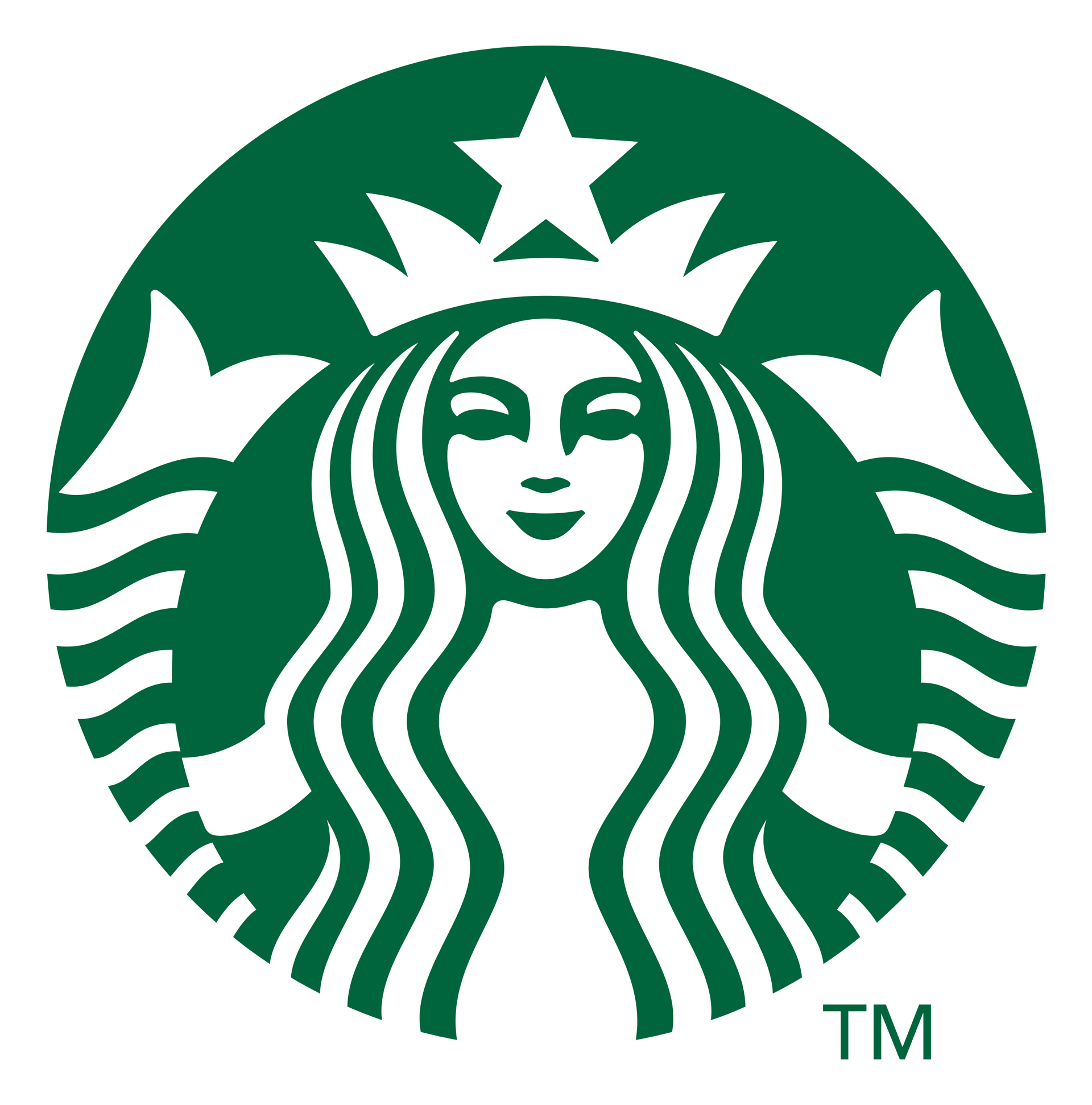
Starbucks Rewards
Starbucks Rewards uses artificial intelligence and machine learning to consistently improve the customer experience. The app is popular because it offers a number of benefits to customers, including:
- Free drinks and food: Customers earn points for every purchase they make, which can then be redeemed for free drinks, food, and other rewards.
- Discounts: Customers also receive discounts on drinks and food, as well as free refills on coffee.
- Personalization: Starbucks Rewards is personalized to each customer, so they receive offers and recommendations based on their past purchases.
- Convenience: Customers can use the Starbucks app to earn and redeem points, as well as order ahead and pay for their drinks.
Starbucks Rewards is personalized in a number of ways, including:
- Past purchases: Starbucks uses a customer's past purchases to personalize their rewards experience. For example, if a customer frequently orders a venti latte, they might receive a special offer for a free venti latte.
- Location: Starbucks also uses a customer's location to personalize their rewards experience. For example, if a customer is frequently at a particular Starbucks store, they might receive a special offer for a free drink at that store.
- Preferences: Starbucks also asks customers to provide their preferences, such as their favorite drinks and food. This information is used to personalize the rewards experience.
The personalization of Starbucks Rewards is one of the reasons why it is so popular. Customers appreciate feeling like Starbucks knows them and is offering them rewards that they will actually use. This helps to keep customers coming back to Starbucks and spending money.
Here are some additional benefits of Starbucks Rewards:
- Early access to new products: Starbucks Rewards members often get early access to new products, such as new drinks and food items.
- Birthday rewards: Starbucks Rewards members receive a free drink on their birthday.
- Starbucks Reserve: Starbucks Rewards members have access to Starbucks Reserve coffee, which is a higher-quality coffee that is only available at select Starbucks stores.
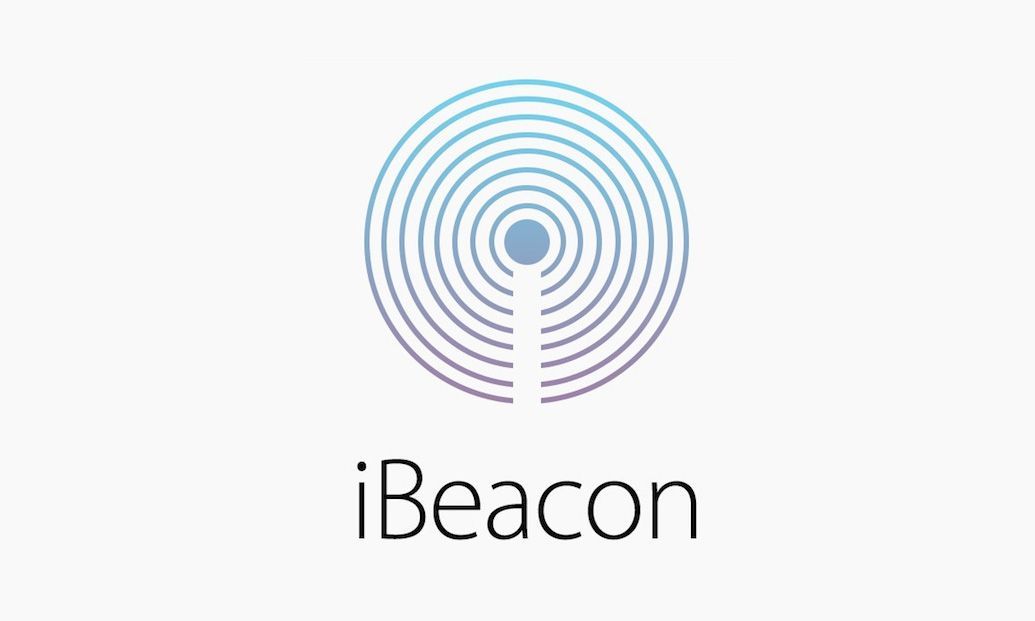
Apple iBeacon
iBeacons are small Bluetooth Low Energy (BLE) devices that can be used to trigger personalized experiences in retail stores. They work by broadcasting a unique identifier that can be detected by smartphones and tablets that have Bluetooth turned on and are running a compatible app. When a device comes within range of an iBeacon, the app can be triggered to perform an action, such as displaying a notification or launching a specific page.
iBeacons use a type of AI called machine learning to determine when a device is within range. Machine learning is a type of artificial intelligence that can learn from data. In the case of iBeacons, the data is the signal strength of the Bluetooth signal from the iBeacon. The iBeacon's firmware learns to associate different signal strengths with different distances. This allows the iBeacon to determine when a device is within range, even if the device is not moving.
iBeacons are a powerful tool for creating personalized experiences in retail stores. They can be used to trigger a variety of actions, such as:
- Displaying a notification: When a customer comes within range of an iBeacon, the app can be triggered to display a notification. The notification can contain information about the store, such as special offers or promotions.
- Launching a specific page: The app can also be triggered to launch a specific page. This page could contain information about a product, such as product reviews or pricing.
- Providing directions: The app can also be triggered to provide directions to a specific location in the store. This could be helpful for customers who are looking for a specific product or service.
iBeacons are a relatively new technology, but they are becoming increasingly popular. They are a powerful tool for creating personalized experiences in retail stores, and they are likely to become even more popular in the future.
Here are some of the benefits of using iBeacons:
- Personalization: iBeacons can be used to create personalized experiences for customers. For example, a store could use iBeacons to target customers with special offers based on their past purchase history.
- Engagement: iBeacons can be used to engage customers with the store. For example, a store could use iBeacons to send push notifications to customers when they are nearby.
- Analytics: iBeacons can be used to collect data about customer behavior. This data can be used to improve the store's marketing and operations.

Disney Magic Band
Artificial intelligence and machine learning have helped Disney become perhaps one of the more technologically advanced businesses in the world.
One example of this is the MagicBands, a type of wearable technology that is used at the Walt Disney World Resort. They can be used to unlock hotel room doors, make purchases, and access rides and attractions. MagicBands are also used to personalize experiences at the resort.
Here are some of the ways that MagicBands use AI and machine learning to personalize experiences:
- Personalized greetings: When guests enter the resort, they are greeted by their name on a digital display. This is a great way to make guests feel welcome and to personalize their experience.
- Personalized offers: MagicBands can be used to track guests' spending habits. This information can be used to send guests personalized offers, such as discounts on their favorite rides or restaurants.
- Special surprises: MagicBands can be used to trigger special surprises throughout the resort. For example, guests might receive a notification when they are near their favorite character or when they are about to enter a new land.
- Enhanced experiences: MagicBands can be used to enhance experiences at the resort. For example, guests can use their MagicBands to participate in interactive games or to unlock secret passages.
Overall, MagicBands are a powerful tool for personalizing experiences at the Walt Disney World Resort. They offer a number of benefits, including personalized greetings, personalized offers, special surprises, and enhanced experiences.
Here are some additional ways that MagicBands could be used to personalize experiences in the future:
- Guest preferences: MagicBands could be used to track guests' preferences, such as their favorite rides, restaurants, and characters. This information could be used to personalize the guest experience even further.
- Real-time information: MagicBands could be used to provide guests with real-time information about the resort, such as wait times for rides, showtimes, and dining reservations. This information could help guests to make the most of their time at the resort.
- Interactive experiences: MagicBands could be used to create interactive experiences throughout the resort. For example, guests could use their MagicBands to play games, solve puzzles, or unlock secret areas.
The possibilities for using MagicBands to personalize experiences are endless. As technology continues to evolve, we can expect to see even more innovative ways to use MagicBands to create memorable experiences for guests.
These are just a few examples of phenomenal personalized experiences that have been created by brands. As technology continues to evolve, we can expect to see even more personalized experiences in the future.
